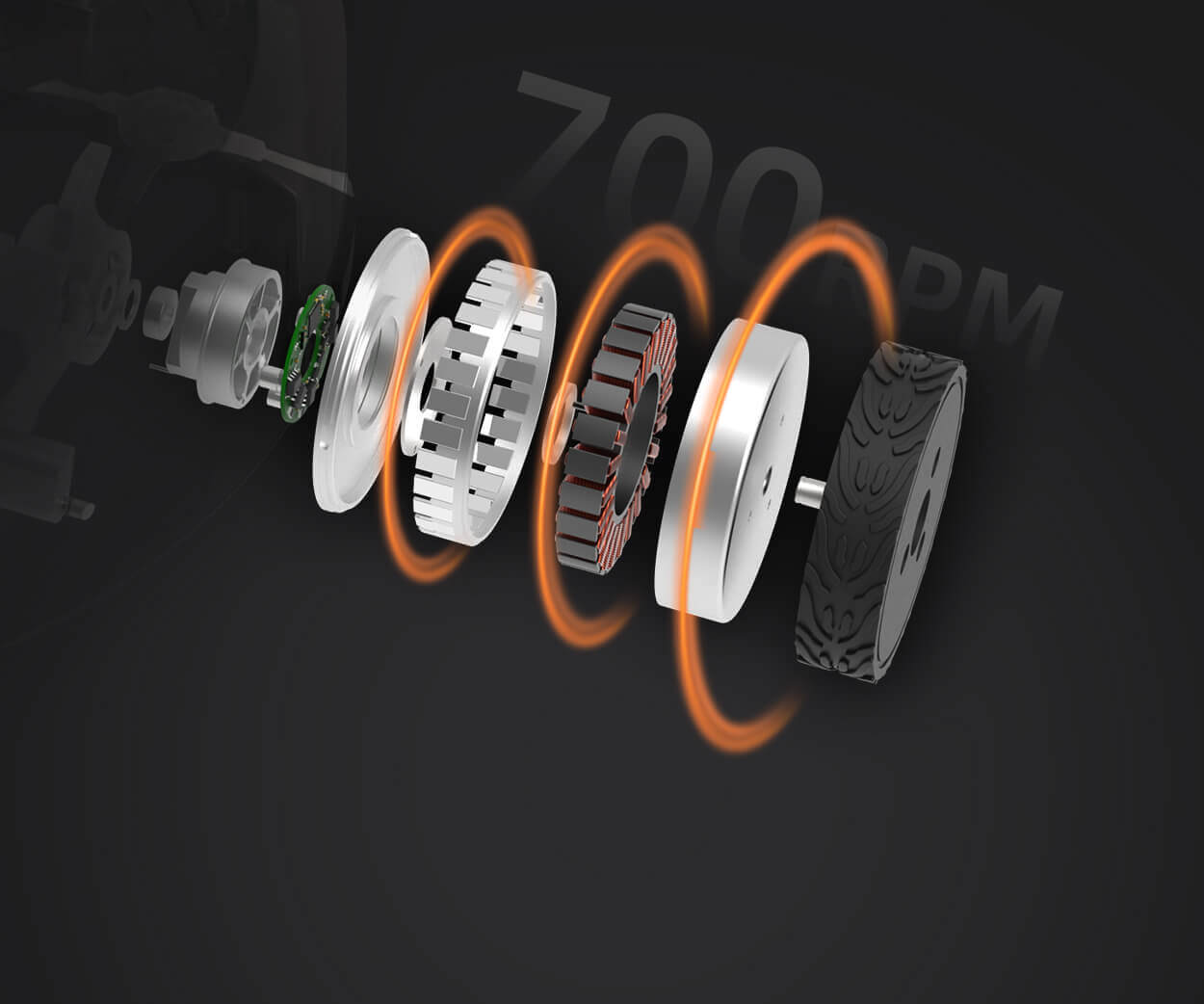Let's talk about motors—those tiny powerhouses that make everything from drones to high-speed RC cars come alive. When you're deciding between a brushless or brushed motor, it's kind of like choosing between a sleek sports bike and a trusty old motorcycle—you want to pick what fits your needs and gets the job done, but it’s also about knowing what’s really going on under the hood.

Brushless motors have been stealing the spotlight lately—and for good reason. They’re like the athlete of motor tech: efficient, powerful, and durable. No brushes to wear out means fewer replacements and less maintenance, which is a big win if you’re in it for long-term performance. Plus, brushless motors tend to run cooler, so they can push harder without heating up like a brushed motor might under heavy load. Think of it this way—if you’re pushing a motor for hours, a brushless setup keeps its cool and keeps performing. That's why you'll often find them in drones and high-performance RC vehicles.
But brushed motors aren’t all bad; they bring a kind of charm and simplicity that some hobbyists still swear by. They’re like vintage cars—reliable, straightforward, and cheaper to start with. No fancy electronics needed, so they’re easier to repair or modify on the fly. Sure, they tend to wear out faster, mainly because of brush wear and commutator issues, but for casual use or projects where budget matters most, brushing off a little maintenance isn’t a big deal.
Now, some might ask, “What about power? Which motor hits faster or runs longer?” Well, brushless motors generally deliver better efficiency, meaning more power from the same battery, and longer run times. Imagine a drone that can stay in the air longer or an RC car that keeps zipping without needing a recharge every few minutes—that’s the impact of a good brushless setup. Although, brushed motors still have their niche—they can be a good choice for small, lightweight applications or where budget constraints mean you want quick, simple answers.
From a practical standpoint, picking between them often comes down to what you want to do. If you’re into high-speed racing or aerial photography, that extra punch and reliability of a brushless motor might be worth every penny. But if you’re just tinkering around, learning about motors, or building something on a budget, a brushed motor keeps it straightforward and fun.
So, do you want to invest in something that has longevity and raw power? Or are you more into experimentation without breaking the bank? Both options are valid, and knowing their differences helps you choose what really fits your vibe.
In the end, it’s not just about the motor itself. It’s about the story you want to tell with your project. Whether it’s the smooth ride of a brushless or the nostalgic feel of a brushed, each has its place. KPOWER has options for both, so whatever your plan, you’re covered. The choice is yours—power, reliability, simplicity, or just pure fun.
Kpower has delivered professional drive system solutions to over 500 enterprise clients globally with products covering various fields such as Smart Home Systems, Automatic Electronics, Robotics, Precision Agriculture, Drones, and Industrial Automation.




































